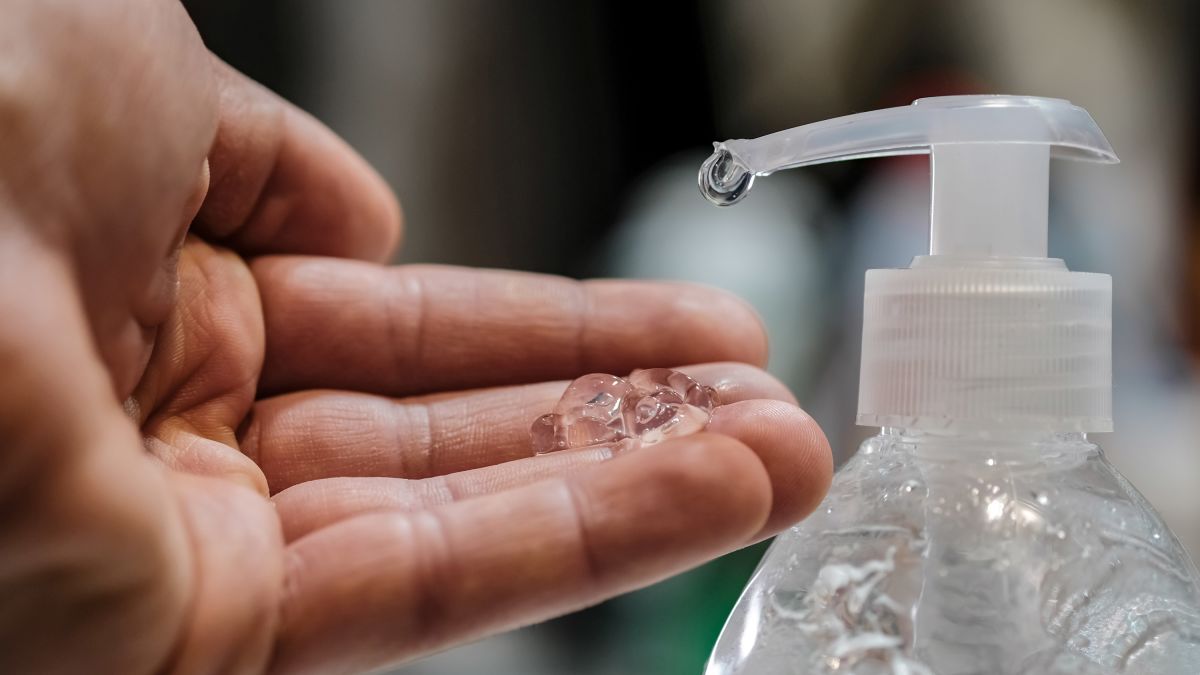Following the emergence of a novel coronavirus (SARS-CoV-2) and its spread outside of China, Europe the American nations have experienced large epidemics. Governments around the world are responding to the novel coronavirus (COVID-19) pandemic with unprecedented policies designed to slow the growth rate of infections. (1) Many countries have implemented unprecedented non-pharmaceutical interventions such as closure of schools and national lockdowns. These actions impose large and visible costs on society and their benefits cannot be directly observed. (2–4)
Samir Bhatt at Imperial College London and his colleagues used data on COVID-19-related deaths to model viral transmission in 11 European countries.The team found that in those nations, the combination of policies aimed at slowing the virus’s spread prevented more than 3 million deaths from the epidemic’s start to early May. They estimate that, for all the countries considered, current interventions have been sufficient to drive the reproduction number (Rt) below 1 (probability Rt< 1.0 is 99.9%) and achieve epidemic control; and that across all 11 countries, between 12 and 15 million individuals have been infected with SARS-CoV-2 up to 4th May, representing between 3.2% and 4.0% of the population. In each country, the actions taken were enough to halt the epidemic. Lockdowns — stay-at-home orders and policies that restrict face-to-face contact — were especially effective, reducing transmission by 81%. These results show that major non-pharmaceutical interventions and lockdown in particular have had a large effect on reducing transmission. (5)
On the other hand, Solomon Hsiang at the University of California, Berkeley, and his colleagues analysed how the growth rate of infections changed over time in China, the United States and four more countries that applied policies to prevent viral spread. New data on 1,717 local, regional, and national non-pharmaceutical interventions deployed in the ongoing pandemic across localities in China, South Korea, Italy, Iran, France, and the United States (US) was compiled and empirically evaluated to measure the effect that these anti-contagion policies have had on the growth rate of infections.
In the absence of policy actions, the authors estimated that early infections of COVID-19 would exhibit exponential growth rates of roughly 38% per da. They also concluded that anti-contagion policies have significantly and substantially slowed this growth. Some policies had different impacts on different populations, but there was consistent evidence that the policy packages deployed achieved large, beneficial, and measurable health outcomes. Across the six studied countries, interventions prevented or delayed about 62 million confirmed cases, corresponding to averting roughly 530 million total infections. Lockdowns — policies that require people to stay at home whether or not they are infected — were therefore deemed effective at stemming viral spread. (6)
References:
- Wu F, Zhao S, Yu B, Chen Y-M, Wang W, Song Z-G, et al. A new coronavirus associated with human respiratory disease in China. Nature. 2020 Mar;579(7798):265–9.
- Chinazzi M, Davis JT, Ajelli M, Gioannini C, Litvinova M, Merler S, et al. The effect of travel restrictions on the spread of the 2019 novel coronavirus (COVID-19) outbreak. Science. 2020 Apr 24;368(6489):395–400.
- Ferguson N, Laydon D, Nedjati Gilani G, Imai N, Ainslie K, Baguelin M, et al. Report 9: Impact of non-pharmaceutical interventions (NPIs) to reduce COVID19 mortality and healthcare demand [Internet]. Imperial College London; 2020 Mar [cited 2020 Jun 8]. Available from: http://spiral.imperial.ac.uk/handle/10044/1/77482.
- Kraemer MUG, Yang C-H, Gutierrez B, Wu C-H, Klein B, Pigott DM, et al. The effect of human mobility and control measures on the COVID-19 epidemic in China. Science. 2020 May 1;368(6490):493–7.
- Flaxman S, Mishra S, Gandy A, Unwin HJT, Mellan TA, Coupland H, et al. Estimating the effects of non-pharmaceutical interventions on COVID-19 in Europe. Nature. 2020 Jun 8;1–8.
- Hsiang S, Allen D, Annan-Phan S, Bell K, Bolliger I, Chong T, et al. The effect of large-scale anti-contagion policies on the COVID-19 pandemic. Nature. 2020 Jun 8;1–9.








